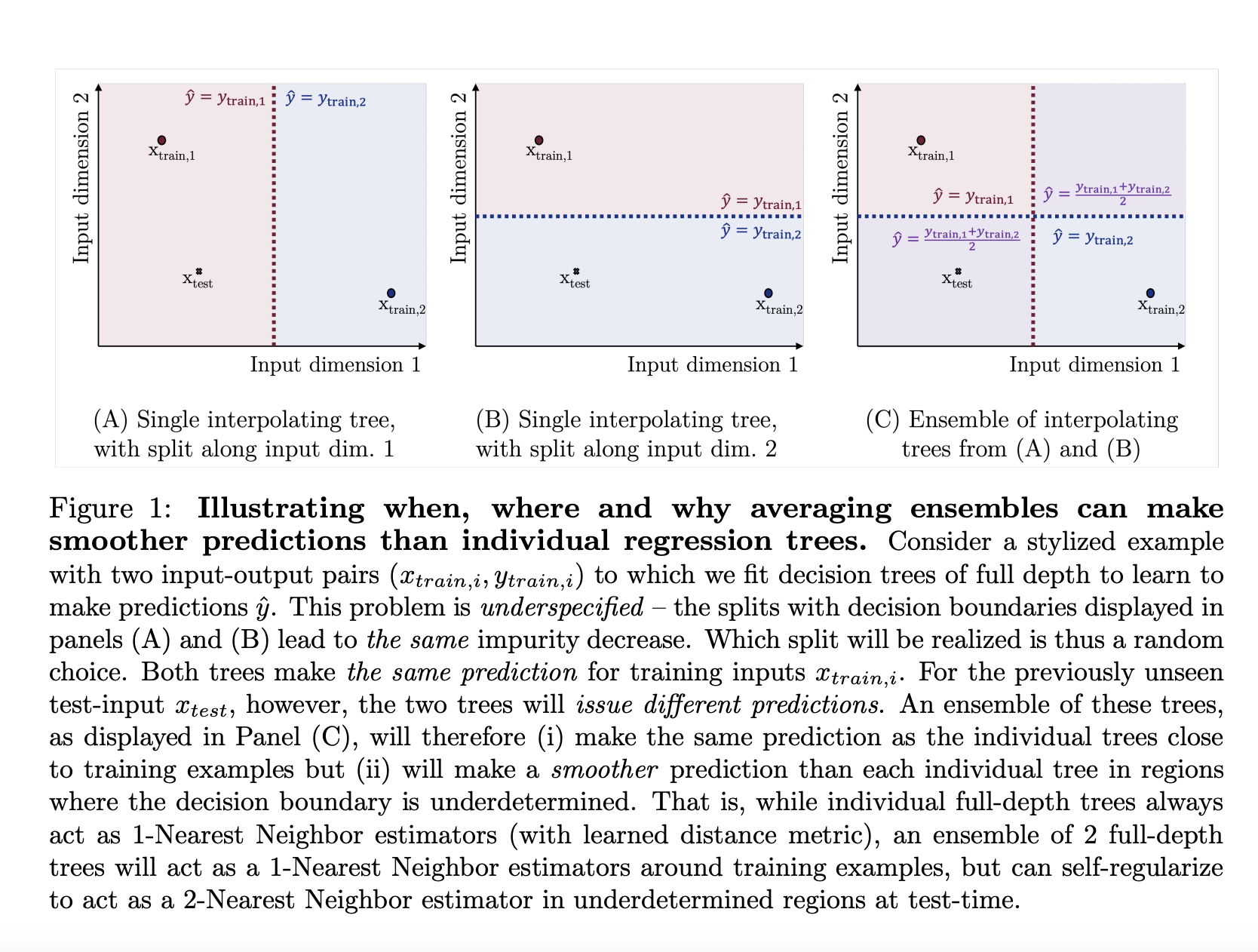Federal Reserve Chair Jerome Powell, in his recent press briefing, provided insights into the decision to postpone Fed rate reductions following the Jan. 31 meeting. He outlined several reasons for this decision but did not mention the significant impact of artificial intelligence-driven surge in the S&P 500 and the associated risks.
An experienced Wall Street analyst believes that the rally led by AI-focused stocks like Nvidia (NVDA) has now reached a point where it heavily influences Fed policy considerations. This perspective is supported by the Fed’s newfound caution towards overly accommodative financial conditions.
Although the January Fed meeting minutes acknowledged the S&P 500’s record highs driven by tech stocks, hinting at potential overvaluations, Powell remains cautious about irrational exuberance and the risk of inadvertently fueling it through rate adjustments, echoing concerns similar to those raised by Alan Greenspan during the dot-com era.
The current Fed under Powell’s leadership, while hinting at future rate cuts, is concerned about avoiding a situation similar to the late 1990s S&P 500 surge, which could jeopardize the expected soft landing and lead to a boom-and-bust cycle.
This change in sentiment happened swiftly. Just weeks before the December 13 meeting, the Fed was unconcerned about soaring stock prices. However, by the January meeting, policymakers viewed these trends as a significant inflationary risk, leading them to take action to control the S&P 500 and its impact on the broader economy.
While the Fed may not intervene to halt the S&P 500’s upward trend, continued market growth could result in consequences such as higher Treasury yields and delayed rate cuts, creating challenges for stock valuations and increasing the risk of market retracement.
Initially perceived as a minor delay in rate cuts until inflation aligns with targets, the Fed’s shift from tightening to easing at the Jan. 31 meeting overshadowed other less dovish signals in the policy statement.
Powell’s comments emphasize the importance of the initial rate cut as a signal of confidence in managing inflation and setting expectations for future rate adjustments, aligning with historical market responses to rate-cutting cycles.
The Fed’s oversight extends beyond the federal funds rate to encompass broader financial conditions, acknowledging the link between monetary policy, stock prices, borrowing rates, and credit demand. Recent market trends highlight the delicate balance the Fed must maintain to prevent overheating while promoting sustainable economic growth.
As Powell manages inflation amidst a buoyant stock market, historical parallels to the dot-com bubble era serve as reminders of the need for prudent policy decisions to avoid market distortions.
In summary, the Fed’s evolving approach to financial conditions reflects a nuanced strategy towards policy adjustments. The intricate interplay between market dynamics, inflation goals, and economic expansion highlights the challenges ahead as the Fed cautiously navigates the current economic environment.










